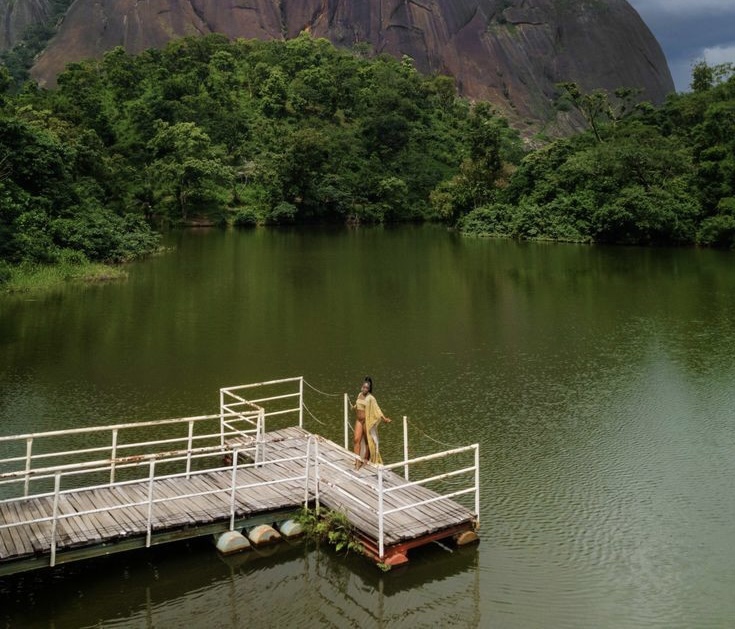Welcome to the FCT, home to the vibrant and modern city of Abuja.
On 12 December 1991, this city took over from Lagos as the capital city of Nigeria, after being established not too long ago in the late 20th century.
This beautiful area merges small parts of its surrounding states and features some very fascinating structures and monuments, making sure that it’s a thrilling experience just walking through the streets.
We have outlined some of the most interesting and visited sites in the federal city just so you know where to go once you land in the beautiful area.
Let’s have a look at them, shall we?
Aso Rock
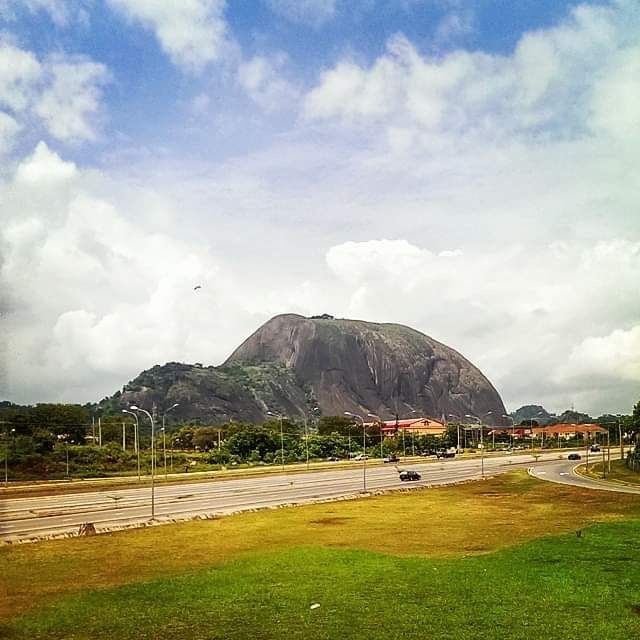
As it is the residence of the Three Arms Zone (TAZ) in Nigeria, it is only fitting to look at the majestic Aso Rock first.
One of the most prominent geological features in the area (and indeed the country), This iconic landmark is the official residence of the President of Nigeria, with the presidential villa seated at the very top.
This 936 meters (3,071 feet) monolith is a popular attraction for those visiting Abuja, with the breathtaking view worth any expense for the travel.
The National Mosque and the National Church
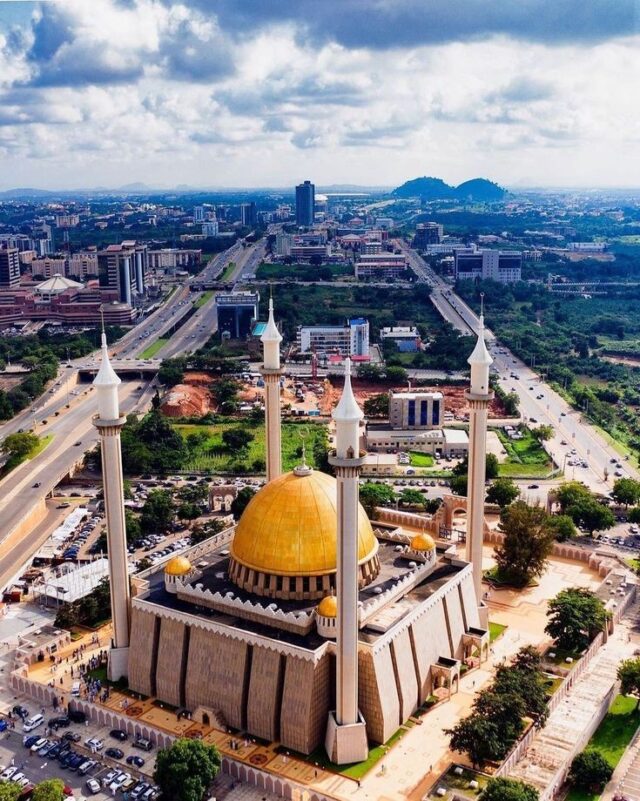
These great landmarks are within walking distance of each other and are a testament to the religious diversity of Nigeria.
The National Mosque is a beautiful piece of architecture with its iconic minarets and large prayer hall, and also a library and a conference room. Established in 1984, it is open to non-Muslims anytime, except during Salat al-jama’ah, the Muslim congregational prayers.
The National Church, also known as the National Christian Centre, is an inter-denominational, modern, and spacious cathedral located in Abuja. The project, which commenced in 1989, was left dormant until 2004. However, in 2004, the Christian Association of Nigeria insisted on its swift completion, and it was finally completed in 2005.
Both religious centres are open to visitors and welcome tourists from all around. However, please note that only modest dressing is allowed.
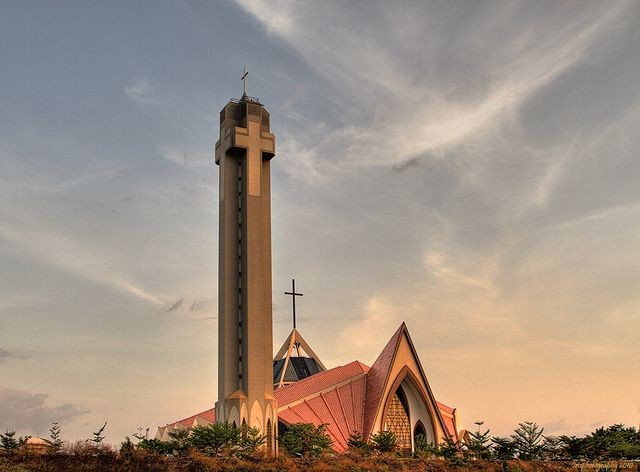
Millennium Park
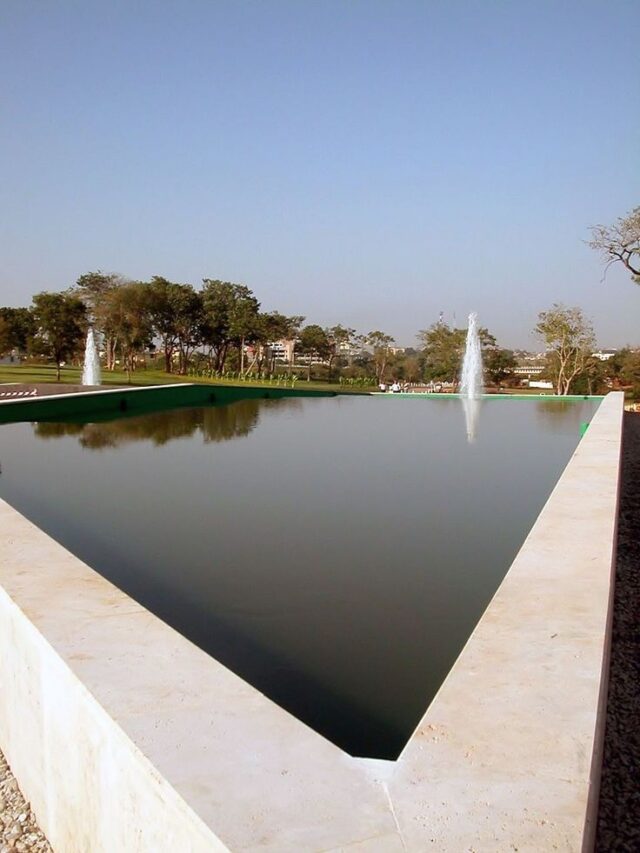
The Millennium Park is the largest public park in Abuja and another must-see attraction in the FCT.
It was inaugurated by Her Majesty Queen Elizabeth II on 4 December 2003, and it is located in the Maitama district of the city. It has quickly become one of Abuja’s main attractions, bringing thousands of people together each day.
This park is the perfect place to relax and enjoy the outdoors with its beautifully manicured gardens, ponds, and fountains. It also features a large amphitheater that hosts concerts and events throughout the year.
Gurara Falls
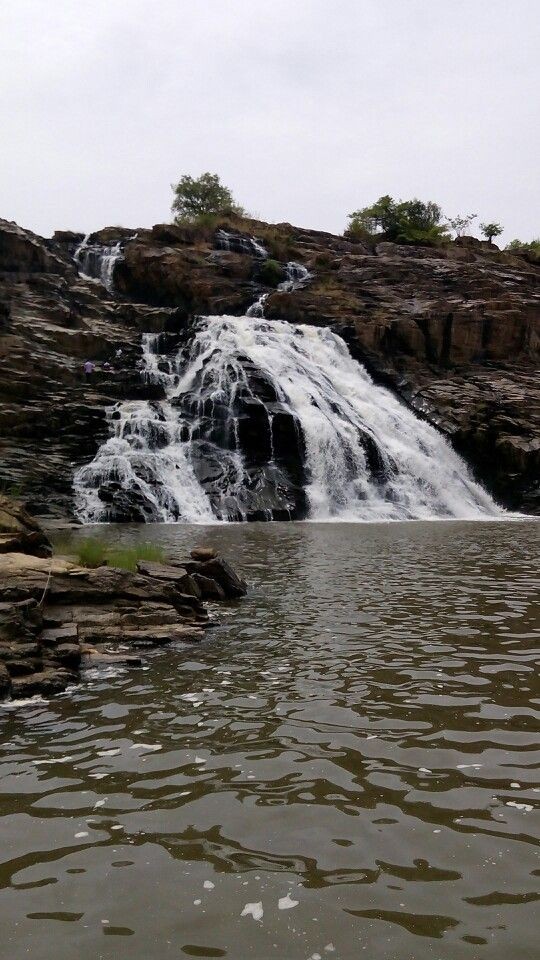
Located in Gurara, a local government area in Niger State and about 100 km from Abuja, this scenic waterfall is a natural wonder that will take your breath away.
According to oral history, it was discovered by a Gwari hunter and has since been a popular tourist attraction for people from all around the world.
The beautiful Gurara Waterfalls is surrounded by lush vegetation and is a popular spot for picnics and hiking.
Zuma Rock
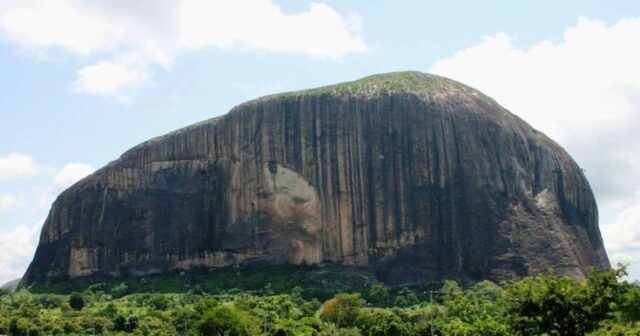
Zuma Rock (aka, The Gateway to Abuja) is located on the road from Abuja to Kaduna and is a wonderful sight indeed.
No visit to the FCT is complete without a visit to Zuma Rock, as it is one of the most recognizable landmarks in Nigeria. It is a popular spot for hiking and rock climbing and is also steeped in local mythology, as there are many stories and legends associated with the rock.
This rock, which is the tallest monolith in Nigeria, has the honor of being featured on the ₦1000 note.
The FCT is one of the most glamorous and cultural areas in Nigeria, and visiting the places we listed is just the tip of the iceberg when exploring this great city.
We hope you enjoy your next trip, and come back for more trusted and detailed travel advice here on our blog.





